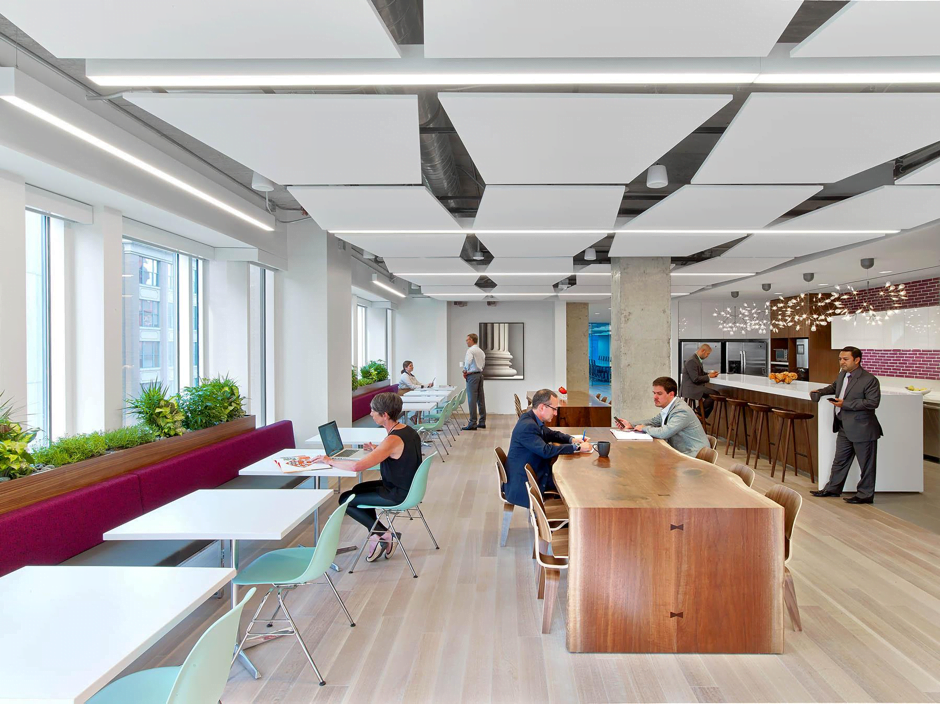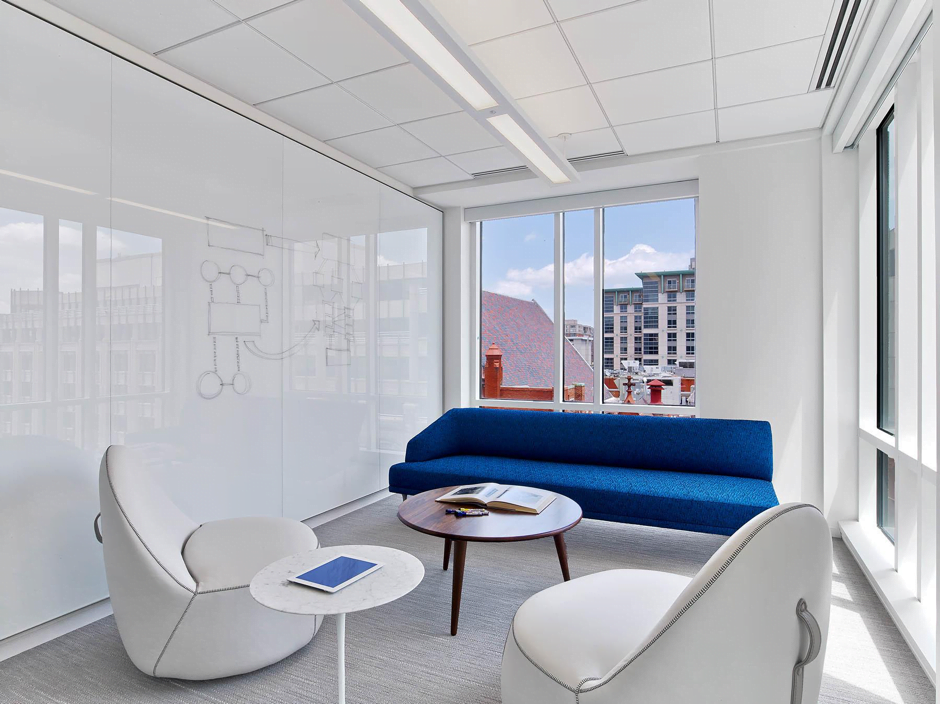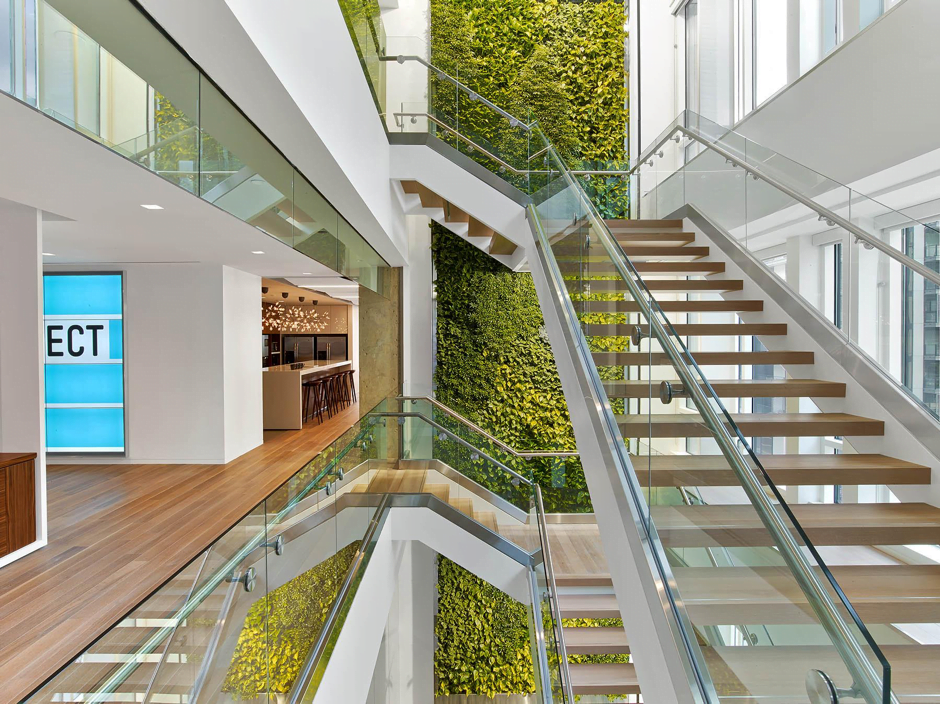Written by Josh Lee | Edited by Amelia Chew
Introduction
During his speech at the Opening of the Legal Year in 2017, the Honourable Chief Justice of Singapore Sundaresh Menon spoke about a determined push by the legal profession towards embracing technologies that will enhance effectiveness and productivity in the legal workplace. With this backdrop in mind, as well as the mainstream acceptance of technologies, such as artificial intelligence, virtual reality and cloud storage, what sort of workplace might lawyers expect to see in the future?
The question of what a future law office may look like has important implications. The feel-good effect of re-imagining swanky law offices aside, asking ourselves this question would spur thinking about (among other things): (i) training lawyers and law students to equip them to fully utilise the tools of the future workplace, (ii) potential workflow improvements that managing partners can make to their present offices to reduce costs and improve competitiveness, as well as (iii) possible concerns lawyers and judges may have about the new ways of working the new workplaces may bring (such as ethical or security concerns).
This article aims to examine the thought processes that go into envisioning what the law office the future would look like, by exploring the following points:
(a) how the industry is changing;
(b) how law offices will have to change to reflect the shifts in the industry; and
(c) an example of a law office that has been designed for the future.
(a) How the industry is changing
In order to determine what a law office would look like in the future, it is necessary to first ask: what would a law office of the future need? This requires an understanding of the changes in the industry which would eventually dictate the needs of law firms.
The factors that are set to influence the legal industry may be loosely grouped into “external” and “internal” factors.
External factors are those that lie outside the remit and control of the profession, and includes elements such as clients and technology. Clients are increasingly technologically-savvy, cost-conscious, and value-conscious, while advancements in technology are disrupting tried-and-tested methods in a lawyer’s work and training. According to a Deloitte report on the future trends in legal services published in June 2016, one in three legal service purchasers want their legal services provider to possess industry, commercial and non-legal expertise, which they currently do not, while 52% of in-house legal departments have considered buying legal services from non-traditional law firms.
At the same time, internal factors cover elements within the legal profession, such as the visible shift in the expectations and working styles of younger-generation lawyers. According to a survey of the youngest cohort of lawyers conducted by Above the Law and Major, Lindsey & Africa, young associates regard firm culture and work-life balance as the most important variables in the decision of whether to accept a potential employer’s offer, while “compensation” and “prestige” were less important. In addition, as the first generation to grow up with mobile digital technology, millennial workers are accustomed to higher rates of interaction with their peers and usage of technology. These expectations will inevitably carry over into the workplace environment.
(b) How law offices will have to change to reflect the shifts in the industry
Given the changes that are taking place in the legal industry, work environments in law firms will have to adapt to the new realities of the profession and the market, whilst continuing to support fundamental elements of legal work. The changes that law offices will have to undergo are centred on two main themes: (i) improving real estate efficiency in order to stay lean and cost-competitive; and (ii) accommodating new ways of working in order to stay relevant and attract talent.
Improving real-estate efficiency to stay lean & cost-competitive
Housing a law firm in a professional office used to be essential as offices were regarded as necessary for providing the three C’s that make a law firm tick: core services, collaboration, and control.

Two key trends, however, challenge the three C’s model of explaining the value of office space.
In terms of core services, lawyers previously required a range of equipment in order to produce their work, such as computers, photocopiers and fax machines to produce documents, and libraries to store hard copy textbooks and reference materials. However, law firms are increasingly choosing to store their documents in the cloud. In the same vein, collaboration is increasingly being taken online.
These trends have played out in Singapore, with several law firms recognised by the Law Society as “smart” firms that have used technology to improve their work processes. For instance, Taylor Vinters Via used cloud-based service Magnum to access court documents online, thereby going paperless at a court hearing and significantly reducing the number of printed pages the firm handles. At the same time, this does not compromise on the quality of collaboration, as the Magnum platform allows for annotation and collaboration on the relevant material. Low bono firm Eden Law Corporation takes this one step further by using the best legal technology options in the market to run a paperless and virtual office, with staff working with clients from locations such as hospitals and shelters.
While office spaces remain essential, the actual floor space required to support day-to-day operations is in fact far less than what many law firms current occupy. Given the possibility of virtual meetings, there is a good amount of “dead space”, which represents an inefficient use of real-estate space. Examples of underutilised spaces include empty rooms or cubicles that are left unutilised when employees leave the firm and large meetings rooms which are left empty for most of the day.
Such commonplace examples call for firms to carry less inventory, managing usage fluctuations by reconfiguring furniture and density levels instead of allowing dead space to stay unutilised.
Accommodating new ways of working to attract talent
Generational and talent issues presently rank among the top trends impacting the legal business. Law firms understand that in order to ensure their long-term survival, they will have to wade deeper into the war for talent. As fresh lawyers enter the profession and increasingly take up a greater percentage of the workforce, firms will have to adapt to suit the needs and working styles of these younger lawyers. According to research on the impact of the millennial lawyer on the profession of law published by the American Bar Association, millennials value teamwork and collaboration and are constantly seeking mentorship and feedback. Further, this is a generation for which the use of digital and mobile technology comes as second-nature. When placed in the context of a law firm, this means that millennial lawyers are more comfortable with more informal communication platforms (e.g. instant messaging), frequently request for feedback and mentoring, and prefer freedom and flexibility in the workplace.
Hence, the element of control which dictates that offices should facilitate supervision by allowing supervisors to be physically near to workers is less pressing here given that millennial lawyers are inclined to seek out feedback on a consistent basis, and supervision does not require physical proximity. Along with a shift towards mobile- and technology-based work, law firms will have to adopt more open or shared workplace environments that facilitate collaboration to attract and harness the full potential of the youngest members of the profession.
In short, workplace strategies focusing on maximising space efficiency and facilitating tech-enabled mobility, as well as improving the workplace environment to suit the working needs of young lawyers, will be the name of the game in designing future law offices.
(c) Design features that will define the law office of the future
What then follows are certain identifiable characteristics that would define the legal workplace of the future: re-configurable spaces, in-office mobility, and work environments optimised for future needs. In particular, the ability to reconfigure office spaces and reduce the use of paper (supported by a corresponding investment in technology) were cited as some of the most likely changes that current lawyers expect to see in their future workplaces.
To visualise these features, one need only turn to firms that are leading the way in re-designing their offices for the future. One significant example is global law firm Nixon Peabody, which recently redesigned its Washington DC office.
At the outset of the redesign process, key decision-makers of the firm had decided that the office should be designed based on their firm’s ideals. Key ideals included being forward-thinking and embracing technology, being sustainable, being collaborative, and focusing on equity and human well-being. Correspondingly, the redesign of Nixon Peabody’s DC office included the two directions laid out above, namely (a) the reduction of office space from 92,000 to 75,000 rentable square feet (RSF); and (b) the introduction of design features for a more open and collaborative and workplace.
These are the most distinct and significant innovations to the design of Nixon Peabody’s DC office that emerged:
(i) Moving to same-size offices for all of its lawyers, whether senior or junior. This helped the firm free up space to be incorporated into common spaces that can be utilised by all staff.
(ii) Digitising the firm’s library and records, in order to reduce the firm’s floor space.

Spaces for collaboration along the window line corner office. Photographer: Eric Laignel. Image courtesy of Perkins+Will
(iii) Incorporating spaces for collaboration. This included allocating large prime space – at the window line – to be used as “common space”. These common spaces now hold a large staff cafe and an open collaborative area. In addition, the cushy corner offices which are quintessential elements of large corporations have been turned into meeting rooms. This would encourage collaboration, and better suit the working styles of millennial lawyers.

A corner office that has been turned into a corner space for team collaboration. Photographer: Eric Laignel. Image courtesy of Perkins+Will
(iv) Introducing elements that encourage informal interaction, apart from formal meeting spaces. This includes a centrally located open staircase connecting all three floors of the office, a staff cafe that entices employees to get up from their desks, and sit/stand desks.

A living wall that stretches across multiple floors. Photographer: Eric Laignel. Image courtesy of Perkins+Will
(v) Integrating design elements that express the firm’s values. This includes a three-storey “living wall” adjacent to the internal connecting staircase that beautifies the internal environment, acts as a lightwell to bring natural light deeper into the office, and naturally filters the internal air. There is also purposeful transparent design that provides ample natural light, and allows over 90% of workspaces to have line-of-sight views to the external environment.
These features in Nixon Peabody’s offices, many of which are being replicated across major international law firms around the world, reflect the shift in attitudes towards how legal work is being done in the office. In particular, there is a focus on more open, collaborative, and configurable workspaces, a bold statement about the use of technology for storage of data and information, and configurable spaces that emphasise collegiality rather than hierarchy. Most important of all, law firms are now choosing to design their offices to reflect and emphasise values and ideals that mean the most to them (and not just to copy the offices of their competitors), thereby strengthening their brand identity and making themselves more attractive to talent.
The architecture of the legal industry
In designing their offices, what law firms should focus on is more than individual design elements, but how all of these come together to adapt to the evolving architecture of the legal industry at large. In order to be in the best position to compete, law firms are increasingly designing their offices to maximise real estate efficiency and to attract new legal talent.
Such motives are likely to be reflected in several broad themes, including configurable work areas, and open and collaborative workspaces that collectively showcase the unique identity of the firm. Beyond the current focus on the design of the office, more attention can also be paid to the design of the individual lawyer’s workstation to feature technologies that will allow communication and research to be carried out more efficiently and seamlessly.
International law firms in the US and UK have thus far been leading the charge to reinvent the image of a law firm. Nevertheless, with the ongoing war for talent and the legal technology race heating up globally, it is more likely than not that law firms in the South East Asian region will soon be challenged to think about how their law firms – the centre of legal services – will be designed for the 21st century client. Perhaps the only thing that stays the same will be the ubiquitous and ever-reliable espresso machine in every firm’s pantry.
(Featured Image credit: Gensler)
